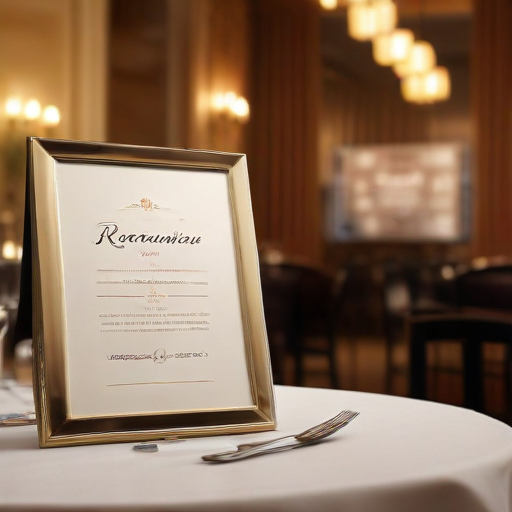In New York City, securing a reservation at popular restaurants has become increasingly challenging, with many food enthusiasts finding it almost impossible to snag a table. Over the past three years, the landscape of dining reservations has evolved significantly, creating a highly competitive environment.
Joel Montaniel, CEO of the booking platform Sevenrooms, pointed out that even restaurateurs themselves struggle to offer tips on how to successfully get a reservation at their establishments. This frustration has led to legislative actions to combat the issue. Recently, the New York state legislature voted to ban third-party booking sites like Appointment Trader, where individuals were selling restaurant reservations for $200 or more. This move was hailed by Melissa Fleischut, President & CEO of the New York State Restaurant Association, as a vital step in protecting the hospitality sector from the ruthless competition created by these practices.
Despite these changes, demand for trendy dining experiences continues to outpace their availability. Travel advisor Jaclyn Sienna India, who has catered to high-profile clients such as former President George W. Bush and singer Mariah Carey, noted that the desire for reservations has surged since the pandemic. She emphasized that building strong relationships with restaurants has become essential in navigating the reservation landscape.
India further observed a shift in consumer preferences away from traditional fine dining, with many clients now seeking trendy establishments that cater to social aspirations rather than solely focusing on food. This trend highlights the phenomenon of “FOMO” (Fear of Missing Out), where gaining access to exclusive experiences has become a point of pride.
For those determined to claim their own bragging rights at New York’s hardest-to-book restaurants, persistence and strategic effort will be crucial. The evolving dining scene presents both challenges and opportunities for those ready to explore the best that New York’s culinary offerings have to provide.
Overall, while the reservation landscape has become more complex, this also reflects an exciting shift in the culinary experiences available in New York City, as restaurateurs find new ways to engage and delight their customers. This raises hope that with renewed efforts, everyone, from locals to visitors, can experience the vibrant dining culture the city has to offer.
